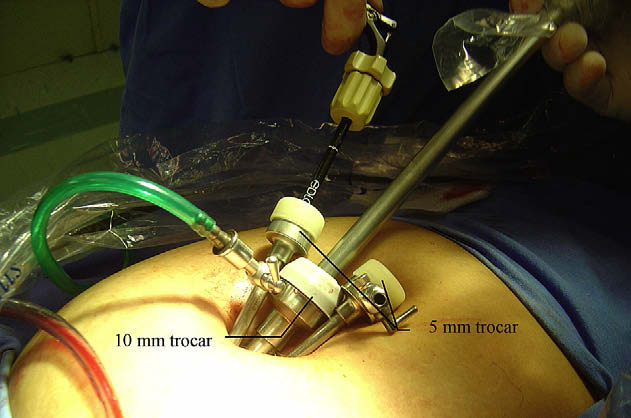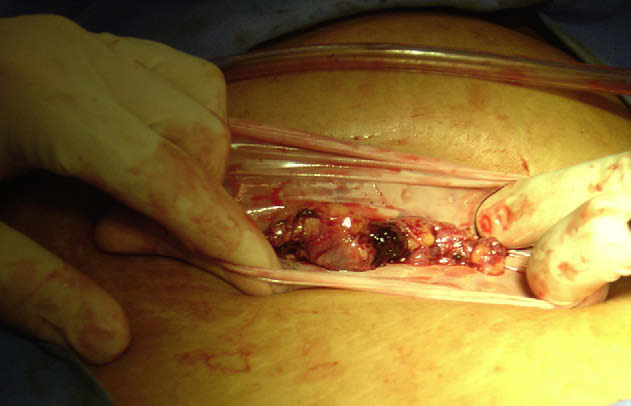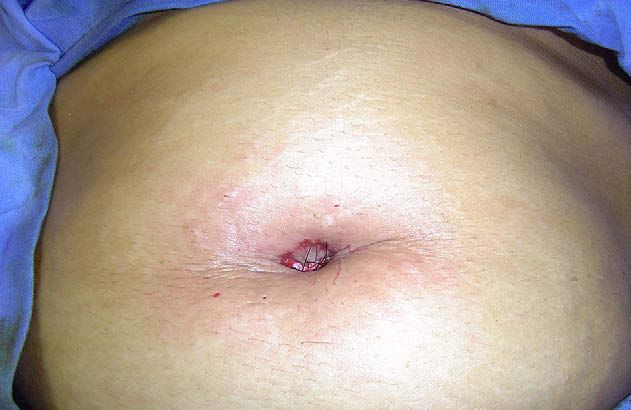cardiologiaclinica.cl
Diabetes, Síndrome Metabólico y Enfermedad CardiovascularHernán Prat M. Unidad de Factores de Riesgo, Depto. Cardiovascular, Hospital Clínico, Universidad de ChileEntre los factores de riesgo cardiovascular (FRC) más bió la conjunción de hipertensión, hiperglicemia y la gota como conocidos están la hipertensión arterial, el tabaquismo, la un síndrome.(4) Posteriormente, varias otra


 Savaris. Ectopic pregnancy managed with LESS technique. Fertil Steril 2009.
Savaris. Ectopic pregnancy managed with LESS technique. Fertil Steril 2009.